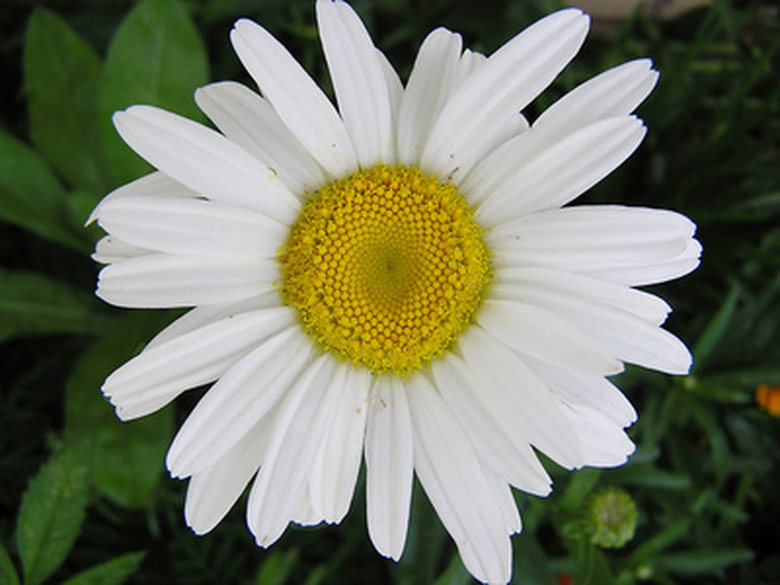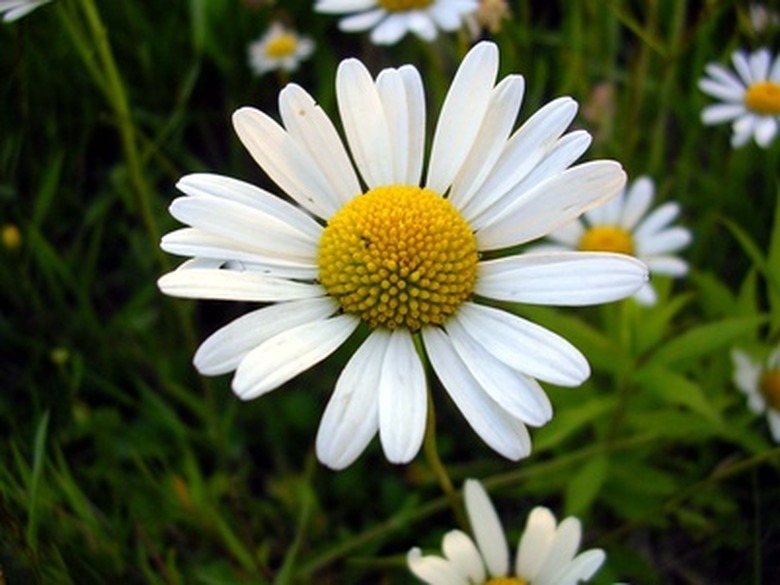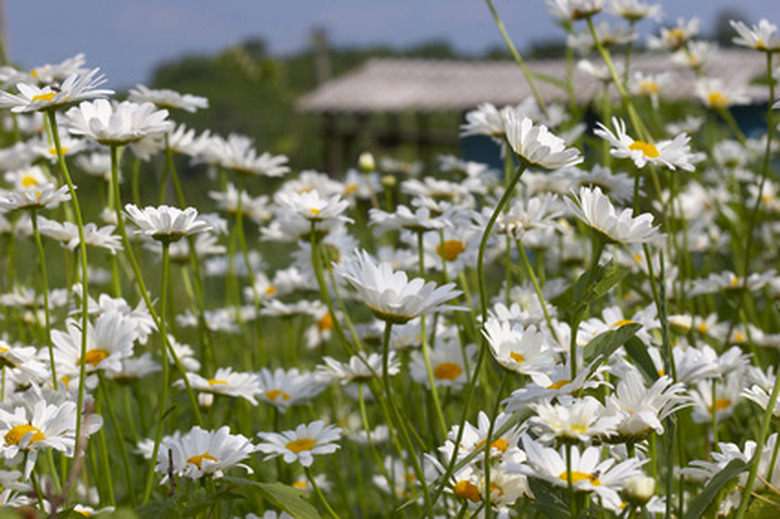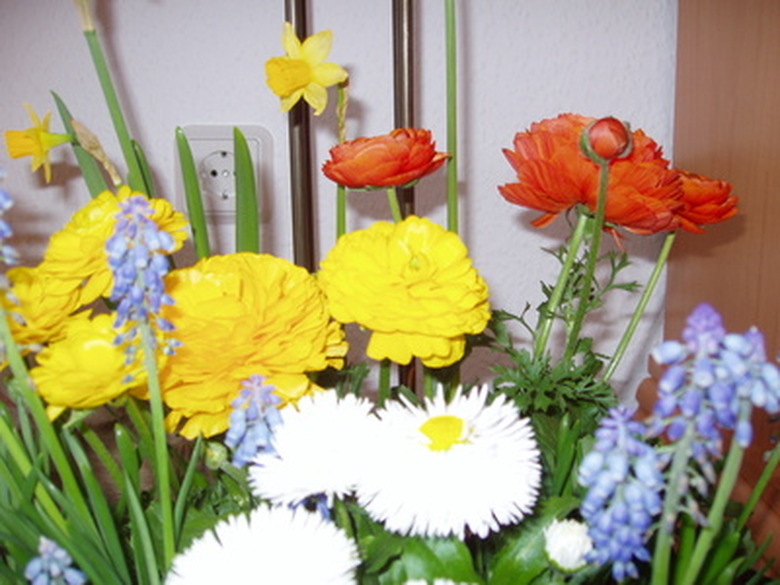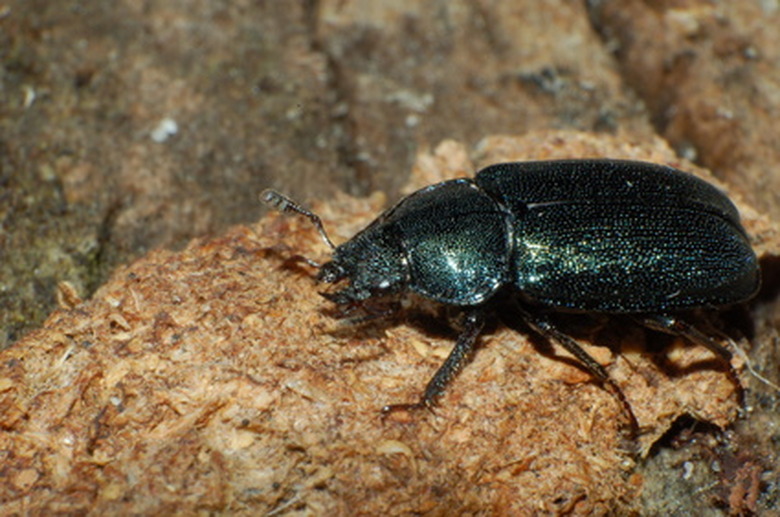Shasta Daisy Facts
The Shasta daisy, Leucanthemum x superbum, is a well-liked perennial plant because it is easy to grow. The Shasta daisy is known as "Becky" and is easily recognized by its white blooms with yellow centers. Shasta are also well-liked because they bloom all summer and attract bees, birds, and butterflies to your garden.
Characteristics
Shasta daisies can be grown in hardiness zones 4 through 9. They bloom in the summer and require full sun. The foliage is sturdy and can reach a height of 1 to 3 feet. They make excellent ground cover or border plant since the foliage is also attractive and remains green all year. The flowers are about 3 inches tall with numerous blossoms. "Becky" stands up well in the heat of the south.
- The Shasta daisy, Leucanthemum x superbum, is a well-liked perennial plant because it is easy to grow.
Growing tips
The Shasta Daisy grows well in both the North and the South. They need to be divided every two to three years and it should be done in the spring. Dig up the whole clump, separate carefully, and replant.
This plant needs rich, moist, well-draining soil. They require food and should be given a liquid or granular fertilizer in the spring and again in the middle of summer.
Once the flower is done blooming it should be dead-headed, meaning the spent flower should be cut off back to the next bud. All stems should be cut off when flowering is over to send the nutrients and energy to the roots for winter storage.
- The Shasta Daisy grows well in both the North and the South.
- All stems should be cut off when flowering is over to send the nutrients and energy to the roots for winter storage.
Uses in the Garden
The Shasta daisy is good in perennial garden borders. It makes a great cut flower. They are drought-tolerant. As a white flower, it's a good plant to separate colors that may otherwise clash. Because the different varieties differ in height, they can be put in the middle or front of borders. They also make great container plants for decks and patios.
Wildlife and Insects
The Shasta daisy can be bothered by the Japanese beetle. One way to get rid of the beetle is to pick it off the plant early in the morning when the beetle is still "sleeping." Wear rubber gloves. Drown the captured bug by dropping into a jar of water with a bit of dishwashing soap.
- The Shasta daisy is good in perennial garden borders.
- The Shasta daisy can be bothered by the Japanese beetle.
Luckily, deer are not attracted to this flower.
History
The Shasta daisy was native to Europe but has naturalized throughout all regions of the United States. It's named after Mount Shasta in northern California, where the hybrid was developed by Luther Burbank. The word "daisy" originally meant "day's eye" and was used to refer to the sun-like appearance of the flower
